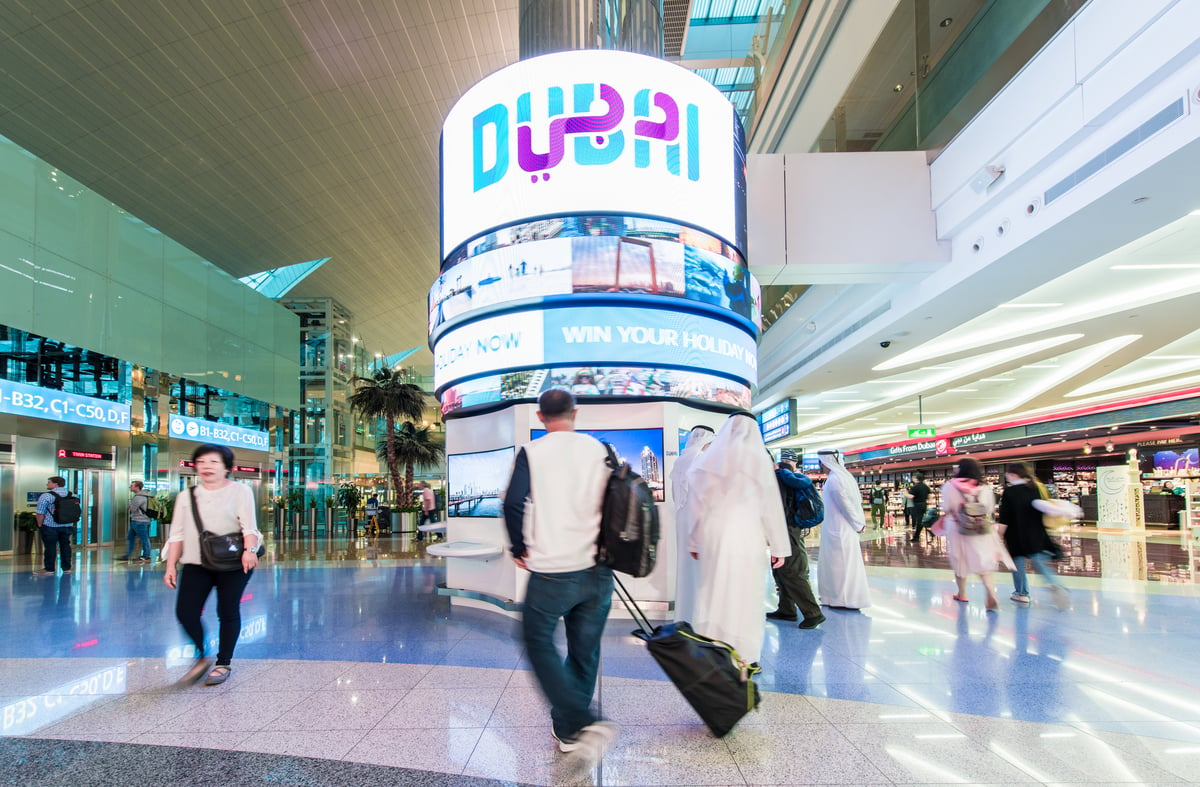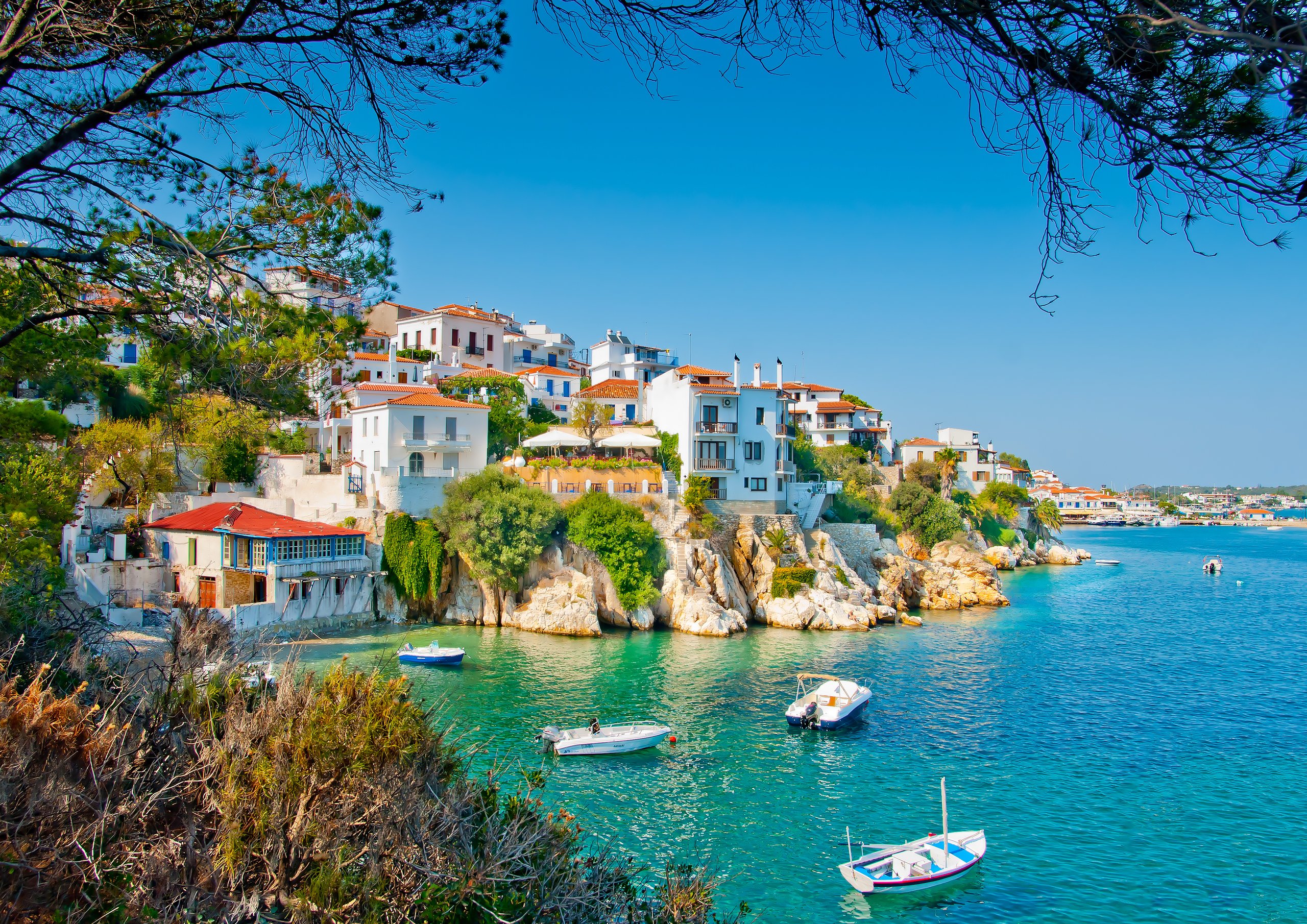New Zealand has announced two new residency options to make it easier for skilled workers and tradespeople to settle permanently. If you’ve been dreaming of a life among mountains, coastlines and friendly communities, these changes could be the opportunity you’ve been waiting for.
Moving to New Zealand has long been the dream for many expats – families picturing weekends at the beach, couples craving wide-open spaces and professionals drawn by welcoming cities like Auckland and Wellington. Until now, the challenge has often been securing permanent residency. The government’s new visa pathways could change that.
Download the New Zealand Buying Guide
Contents
Why residency matters now
For many expats, New Zealand represents the best of both worlds – safe communities, thriving cities and a lifestyle surrounded by nature. Yet until now, securing permanent residency has been difficult, especially for those in trades or with valuable experience but no university degree. At the same time, record numbers of New Zealanders are leaving the country, creating skills gaps across industries. From mid-2026, the government will introduce two new residency pathways to make it easier for skilled migrants to build a future in the country.
Immigration minister Erica Stanford confirmed that the changes are designed to retain workers who are already contributing to the economy and to open the door for talented people in areas where New Zealand faces shortages. This means more opportunities for individuals, couples and families to turn their relocation dreams into reality.
The skilled work experience pathway
This route is aimed at workers with proven experience in their sector, alongside meeting salary thresholds. It’s ideal for professionals in areas such as healthcare, IT, engineering and education. For example, nurses, software developers, civil engineers and secondary school teachers could all qualify under the new framework.
The key advantage of this pathway is that it recognises experience and current contribution to New Zealand’s economy rather than only academic qualifications. For expats already working in New Zealand on temporary visas, it creates a smoother transition to permanent residency.

The trades and technical pathway
The second new option focuses on tradespeople and technicians – roles often overlooked in traditional migration systems. It acknowledges the practical skills needed in construction, manufacturing, electrical work, plumbing and mechanical industries.
For example, an electrician, a qualified builder, a heavy machinery operator or a plumber with relevant work experience could all be eligible. These are exactly the roles that keep New Zealand’s infrastructure moving and are highly valued in regional areas where skills shortages are common.
This pathway is particularly appealing if you’ve built up years of expertise but don’t hold a university degree. It rewards hands-on knowledge, qualifications and proven reliability in your trade.
Other residency options to consider
While the new pathways are headline changes, there are other residency routes you may want to explore:
- Digital nomad visa – Introduced in early 2025, this visa allows remote workers to base themselves in New Zealand while working for overseas employers.
- Active Investor Plus visa – Often called the golden visa, this grants residency to wealthy individuals investing in New Zealand businesses or funds. Rules were eased in 2025 to attract more foreign investment.
- Family visas – If you have a partner or close family who is a New Zealand citizen or resident, you may be eligible to join them.
- Skilled Migrant Category – The longstanding points-based system remains in place, with some overlaps with the new pathways.
Full visa options are listed on Immigration NZ’s website
Comparing New Zealand residency pathways
| Residency pathway | Who it suits | Key criteria |
|---|---|---|
| Skilled experience pathway | Professionals already working in New Zealand in sectors like healthcare, IT, engineering, education | Relevant work experience, salary threshold, employer support |
| Trades and technical pathway | Tradespeople and technicians (builders, electricians, plumbers, mechanics) | Recognised qualifications, work experience, wage level |
| Digital nomad visa | Remote workers who want to live in New Zealand while employed overseas | Proof of remote income, ability to support living costs |
| Active Investor Plus visa | High-net-worth individuals looking for residency through investment | Minimum NZ$5m–$15m investment depending on asset type |
| Family visas | Partners, dependent children or parents of New Zealand citizens or residents | Proof of relationship and financial support |
Practical steps if you’re considering a move
- Check eligibility – Use the Immigration NZ visa finder tool to see which residency pathway suits your background.
- Gather documentation – This may include proof of qualifications, references, salary evidence and family links.
- Consult experts – Immigration lawyers and relocation specialists can clarify criteria and help with paperwork.
- Plan finances – Consider the cost of living, property prices and currency exchange.
- Explore lifestyle options – Visit potential cities or regions to see where you could imagine your new life.
Summary
New Zealand is introducing two new residency pathways from 2026, opening the door to more skilled professionals and tradespeople. Alongside investor, digital nomad and family visas, these changes give expats more options to settle permanently. With new residency pathways on the horizon, there are now more opportunities than ever to live your new life in New Zealand.








